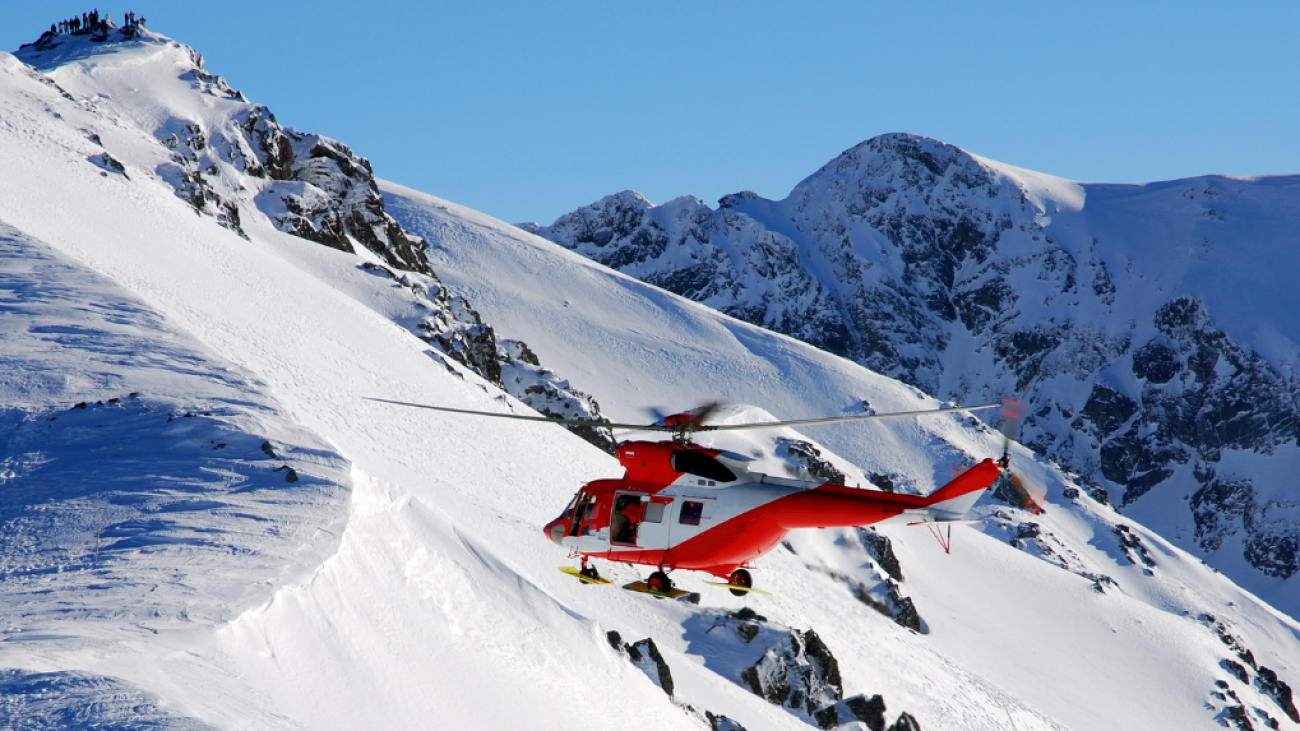Adventurers have long found amazing landscape, fresh air, and a respite from crowded city life in the great outdoors of the UK. However, this love of the outdoors has shown a concerning tendency in 2024: Mountain Rescue Emergency Callouts have peaked never seen before. More individuals than ever are getting in trouble on the hills, peaks, and lonely paths across the nation—first-time hikers, experienced walkers, or photographers searching for the ideal view.
Why Are Emergency Calls for Mountain Rescue Rising So Fast?
Unprecedentedly, Mountain Rescue Emergency Callouts were recorded daily in England and Wales all year long. With more over 1,000 events for the first time in its rescue history, Scotland too reached a historic mark. These figures indicate a change in the way people are interacting with the countryside, not just numbers.
The influence of social media is one main reason for this fast rise. Beautiful but frequently dangerous areas shown in striking Instagram and TikHub posts inspire interest among viewers who might lack the knowledge or skills needed to negotiate the hazards. Many people see these pictures as a sign that excitement is only a short stroll away, whereas in fact the path can be dangerous.
How Does Technology Affect Emergency Callouts for Mountain Rescue?
Along with the social media phenomena, over-reliance on smartphone navigation apps has surfaced as a new problem. Although these digital instruments are quite handy, many lack enough detail or dependability in remote locations where signal loss is frequent.
Rescue crews often say that the increase in events results from technology. Particularly the 18–24 age range has seen the fastest rise in Mountain Rescue Emergency Calls for Service. The almost doubled number of rescues involving this demographic between 2019 and 2024 highlights the risks of depending on technology solutions without enough backup or planning.
“Too many walkers depend entirely on apps, and they have no idea where they are or how to return safely when the phone dies or the app glitches,” a rescue team leader said succinctly.
Which age groups and areas most require mountain rescue emergency calls?
Mountain Rescue Emergency Callouts have increased not only in one area of the United Kingdom. Particularly in the Peak District, the Lake District, and Eryri—formerly Snowdonia—there have been regularly high incidence counts. Among the busiest rescue areas are other national parks as well as well-known beauty sites in South Wales, Northumberland, and Cornwall.
Older walkers are also more at risk, even while the younger group dominates the callout numbers. Ranked second most at-risk adult group, the 40–44 age range recorded 196 rescue incidents last year. Seniors also suffer: rescue crews reacted to 112 events involving individuals between the ages of 75 and 79, double the 2019 total. Those over 80 also experienced more occurrences, which emphasises how important careful planning is to both young enthusiasm and experienced wisdom.
How can hikers prevent mountain rescue emergency calls?
Long before you tie on your boots, a safe and fun outdoor trip begins. Avoiding avoidable mistakes and joining the increasing Mountain Rescue Emergency Callout numbers depends on preparation. Considered indispensable is a physical map as well as a trustworthy offline digital navigation tool.
Making sure someone understands your expected return time, reviewing the intended path, and checking weather forecasts can all significantly lower the likelihood of needing emergency help. Similarly crucial is being reasonable about personal experience and degree of fitness while deciding on a path, particularly when exploring difficult or far-off territory.
“Every rescue starts with a moment of underestimating the conditions or overestimating one’s own ability,” a seasoned mountain guide reminded us. Effective preparation saves lives.
Why Should the Public Back Teams of Volunteer Mountain Rescue?
The volunteer teams that answer Mountain Rescue Emergency Calls directly suffer from the increase in these incidents. Often combining their full-time professions, family life, and rescue obligations, these extremely talented people spend countless hours training and remain on-call year-round.
Many rescue teams—especially in famous locations like the Lake District—are now handling many events simultaneously. This seriously strains human as well as material resources. Whether through gifts or public awareness, helping these groups guarantees their ability to keep offering vital life-saving treatments.
Every effective rescue also depends on a network of volunteers who give of their personal time to save others. One of the best ways the public may demonstrate their support is by appreciating their work by assuming personal responsibility before going outdoors.
Eventually: How Can You Stay Safe and Help to Lower Mountain Rescue Emergency Calls?
The increasing count of Mountain Rescue Emergency Calls reminds us of the unpredictability of nature and the importance of personal readiness. Most crises can be avoided before they start with simple behaviours include carrying the appropriate tools, using paper and digital maps, verifying forecasts, and knowing your limitations.
Though it’s one of the best pleasures in life, outdoor exploration carries hazards that should never be overlooked. Careful planning and responsible behaviour will help you to enjoy the wonders of the natural environment and help to lessen the load on the volunteers here to support during difficult times.
A safe journey is ultimately not only more fun but also might save your life.


Add a Comment